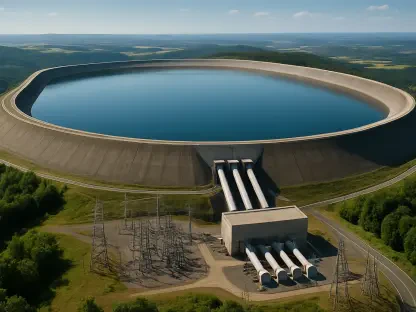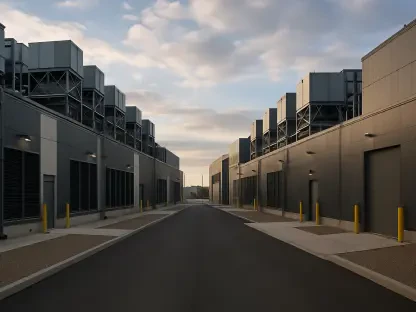Equinor’s ambitious Empire Wind project, a significant renewable energy initiative off the coast of New York, has encountered significant challenges following a recent stop-work order from the Trump administration. The halt was enacted by Interior Secretary Doug Burgum on April 17, raising concerns over the environmental review process allegedly expedited under the Biden administration. This project is currently incurring substantial expenses, with Equinor reportedly spending $50 million weekly to maintain operations in anticipation of a resolution. Despite its considerable investment of $2.7 billion and deployment of 100 workers on standby, the future of the project remains uncertain, as further directives from federal authorities are yet to be received. This predicament highlights intricate tensions between the pressing demand for energy development in the U.S. and regulatory scrutiny, which continue to fuel debates on national energy policies and their environmental implications.
Administrative and Environmental Conflicts
Equinor’s Empire Wind project highlights the ongoing clash between growing energy needs and regulatory hurdles in the U.S. The Trump administration’s executive order on its first day stopped new wind project leasing, concerned with aesthetics and environmental effects, complicating pathways for the renewable energy sector crucial for the nation’s energy demands. These tensions reveal struggles between varying administrative goals, with environmental concerns often playing a key role in decision-making. While NOAA and the Interior Department remain silent, their lack of commentary adds uncertainty to the project’s already delicate situation. As renewable energy priorities rise, the clash showcased here reflects the intricate task of navigating national energy landscapes among competing interests. The situation with Empire Wind encapsulates broader discussions on energy policy and environmental stewardship, demanding negotiation and cooperation. The evolving dynamics will shape how future renewable projects balance development needs with environmental protection in pursuit of more harmonious solutions.









